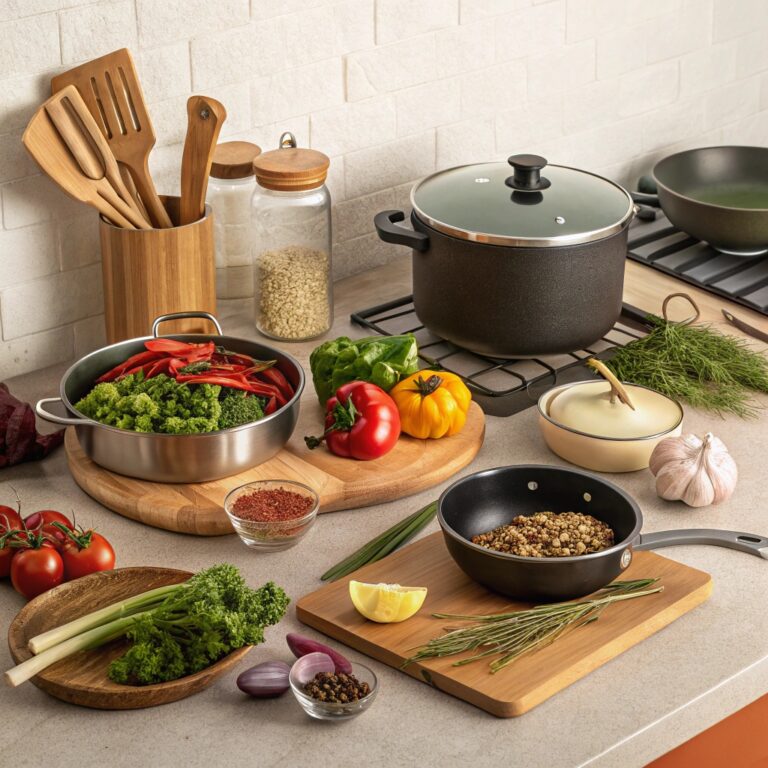
The Cooking genre is where taste meets storytelling, technique meets tradition, and the kitchen becomes a place of transformation. More than just a list of recipes, great cooking books inspire confidence, celebrate culture, and bring people together—one dish at a time.
Whether you’re teaching readers how to make sourdough from scratch or exploring the roots of a regional cuisine, cooking books capture the heart of hospitality and creativity. They’re both instructional and intimate, often infused with memories, heritage, and personality.
The Cooking genre typically includes:
Cookbooks & Recipe Collections: From comfort food to haute cuisine, featuring step-by-step instructions and mouthwatering photos.
Culinary Memoirs: Personal stories interwoven with recipes, often exploring identity, family, and the meaning of food.
Cultural & Regional Cuisine Guides: Diving deep into the flavors and traditions of specific countries, communities, or ingredients.
Specialty & Lifestyle Diet Books: Focused on veganism, keto, gluten-free living, sustainability, or health-conscious cooking.
No matter the format, cooking books empower readers to create, experiment, and connect—with their food, their roots, and the people they feed.
Writing in the Cooking genre is about more than ingredients and timing—it’s about inspiring readers to roll up their sleeves, try something new, and find joy in the process. Here’s how to write a book that’s as practical as it is delicious:
Define Your Concept and Audience
Is your book for beginners, busy parents, foodies, or a niche like plant-based baking or campfire cooking? Clarify who you’re speaking to and what kind of cooking experience you’re delivering.
Organize Your Recipes With Intention
Structure matters. Will your book be seasonal, course-based, or thematic? Consider the user’s cooking journey—each section should build confidence and variety.
Balance Practicality With Personality
Readers love more than just recipes. Add headnotes with memories, pro tips, cultural context, or funny kitchen mishaps to humanize your instructions.
Make Every Recipe Clear and Replicable
Include prep and cook times, serving size, and difficulty level. Use consistent formatting and test recipes thoroughly to ensure readers can recreate your results.
Include High-Quality Photos or Visuals
A great photo can entice, instruct, and reassure. Whether you shoot them yourself or work with a professional, visuals are essential—especially for step-by-step guides.
Tell a Story Through Food
Even instructional books can have narrative threads. What does this dish mean to you? How did you learn it? What role does it play in your culture, family, or lifestyle?
Offer Variation and Flexibility
Anticipate reader needs: substitutions for allergies, vegetarian options, or tips for different skill levels. Flexibility makes your book more inclusive and user-friendly.
These iconic books go beyond the kitchen counter, inspiring generations of home cooks and food lovers:
Salt, Fat, Acid, Heat by Samin Nosrat
Did you know? More than a cookbook, this visual and scientific exploration of the four cooking pillars reshaped how people think about food.
Joy of Cooking by Irma S. Rombauer
Did you know? Originally self-published in 1931, this all-purpose classic has become a go-to reference for millions of American home cooks.
Kitchen Confidential by Anthony Bourdain
Did you know? Part memoir, part exposé, Bourdain’s raw account of restaurant life turned him into a global food storyteller and icon.
Jerusalem by Yotam Ottolenghi & Sami Tamimi
Did you know? This visually stunning celebration of shared childhoods and complex culinary heritage bridges Israeli and Palestinian food traditions.
The Flavor Bible by Karen Page & Andrew Dornenburg
Did you know? Rather than offering recipes, this guide helps cooks invent their own by understanding which flavors naturally work together.
Perfect for beginners or anyone looking to master classic dishes, these books cover a broad range of cuisines and techniques.
Example: How to Cook Everything by Mark Bittman
Cakes, cookies, breads, and pastries—this delicious sub-genre is for those who love flour, butter, and precision.
Example: The Cake Bible by Rose Levy Beranbaum
Explores the unique ingredients, traditions, and flavors of specific cultures or countries.
Example: Mexico: The Cookbook by Margarita Carrillo Arronte
Focuses on specific eating lifestyles like plant-based, keto, gluten-free, or allergy-friendly recipes.
Example: Forks Over Knives—The Cookbook by Del Sroufe
Blends storytelling with recipes, offering a personal lens on food, family, travel, or professional cooking.
Example: My Life in France by Julia Child
Ready to share your story?
Tell us what you need—we’ll help bring your book to life.
